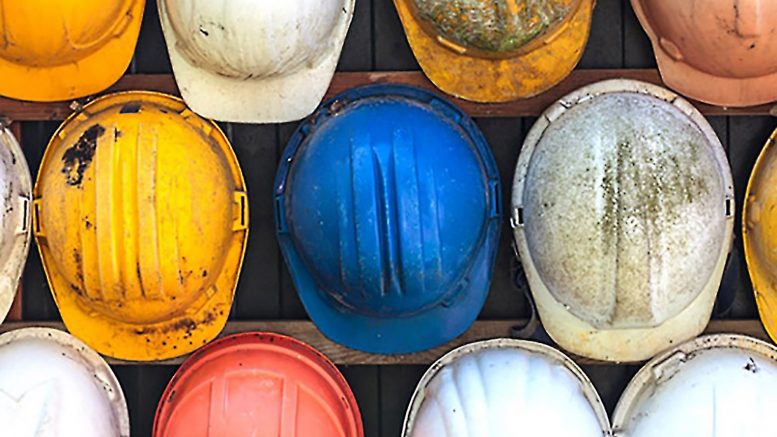Employees that work in dangerous fields need to do everything in their power to remain safe and injury-free. Hot work, or work that includes the following, is inherently dangerous:
- Soldering
- Cutting
- Welding
- Soldering
- Grinding
“According to the U.S. Chemical Safety and Hazard Investigation Board investigative reports, fires and explosions are the most common causes of worker injuries from hot work,” explains DePaolo & Zadeikis.
Workers, and their employers, must take steps to lower the risk of injury in this dangerous field. Methods of increasing safety in the hot work environment include:
Ensure Hot Work is Performed with Safety in Mind
Hot work should be performed with the utmost precaution in a safe location. OSHA recommends that this type of work be performed in an area that has fire hazards either:
- Removed
- Covered
Workers should also have the proper equipment. Guards can and do help eliminate slag, sparks and heat from reaching flammable materials or the person’s skin. Guards can also be used to protect immovable fire hazards.
Work ought to be performed in a safe location that eliminates the risks of fire, but when the risk of fire cannot be eliminated, removing or covering the material that poses a risk of fire is recommended.
Employers should also introduce monitoring systems, which will monitor the atmosphere around the work area. These monitors will be able to detect gas in the air. If gases reach a level that is 10% lower than the designated explosive level, all work must be stopped to protect the employee.
Gas levels that rise are often the result of a leak, and the leak must be found and then repaired properly.
The goal is for all employees to work in a safe environment, free from severe risks of burning, fire or explosion.
Special Precautions Should Be Taken
Hot work requires that special precautions be taken by the employee and employer. While it’s impossible to prevent all accidents, it’s possible to lower the risk of injury to the employee. A few pointers and special precautions to take to lower risks include:
- Personnel can be assigned to guard against the risk of fire when work is being performed. These individuals will work as monitors that work in locations where welding or cutting is performed and there is a risk of fire. These individuals will attempt to extinguish the fires safely, and they will also be required to remain in the area for 20 – 30 minutes after the work is complete in the event that a smoldering fire breaks out.
- Fire extinguishing equipment should be made readily available. These pieces of equipment should always be ready to be used, and they will be placed in areas where the risk of fire is the highest.
- When work can be performed away from combustible material, it should be performed outside of the area. This may involve equipment and work being relocated outside of a hazardous area.
These special precautions will limit the risk of fire damage, and they should be part of the workplace’s safety plan if the goal is to lower the risk of injury or fire.
Work areas should also be inspected to ensure that all ignition sources are properly shielded and isolated. Any time that the work area has changes made, management should be performing an inspection to ensure that the risks of fire or injury are minimal.
Managers should be inspecting the workplace often, and one area of focus should be employee complaints. Managers should take every complaint seriously, and the goal is to have an open line of communication between the front office and workers.
It’s the workers that know the potential dangers and risks better than anyone else.
And if workers are able to convey their concerns openly, they will be able to help management assess potential dangers and correct them in a timely manner.
Of course, all of the work should be performed with the industry’s best protective gear. Workers may need to have special clothing, gloves or shields to prevent serious injury in the workplace. All of this equipment should be tested and examined to ensure that it is free from defects that may weaken the protection that the equipment provides.
Utilizing industry-leading equipment and tools will also help ensure that the best protective measures are taken in the workplace.
If workers and managers take safety very seriously in the workplace, it’s possible to lower the risk of injury or death in a hot work environment. Over time, policies should be adjusted to ensure that the workplace has a set of rules to follow that keep the environment safe for all workers.



Be the first to comment on "Hot Work: How Safety Precautions and Plans Can Keep Employees Safe"